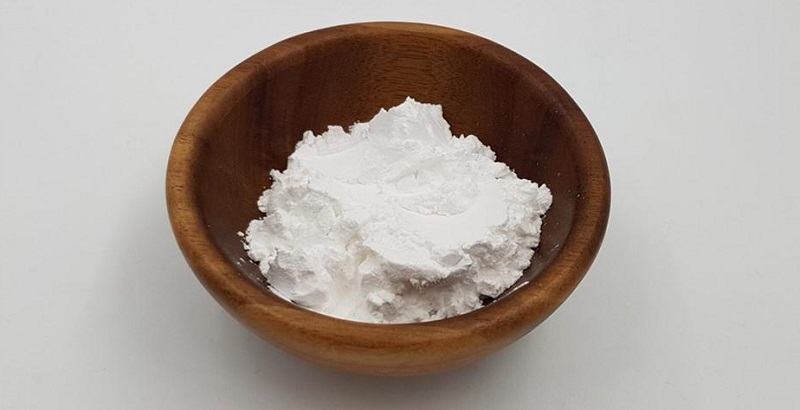Beauty and Lifestyle
5 Common Uses for Arrowroot Powder
by Alessia Martin
Interest in clean beauty and natural skincare is on the rise. People are starting to read labels more closely and are backing away from potentially toxic ingredients like chemical preservatives and synthetic fragrances.
There’s also a growing trend toward DIY skincare and homemade cosmetics. After all, the best way to know what’s in a product is to make it yourself. One popular ingredient that may come as a surprise to you is arrowroot powder.
Arrowroot is a starchy vegetable grown in tropical regions around the world. To convert arrowroot into its powder form, the tuber of the plant is dug up before being washed and reduced to pulp. It becomes a milky liquid which is then strained to separate out the starch.
Once the starch has dried in the sun, the end result is a white, flour-like powder that’s packed with nutrients. Its absorbent and versatile nature makes arrowroot a great choice for natural skincare.
Curious to learn more about this vegetable? Read on to discover five ways to use arrowroot powder for DIY beauty.
1. Instant dry shampoo
If you don’t always have time to wash your hair every morning, no need to worry. Arrowroot will give you a quick and straightforward fix for oily roots by absorbing excess oil from your hair.
All you need to do is sprinkle a little bit of the powder over the roots of your hair. Massage it gently into your scalp and comb it out through the rest of your hair. Be sure to brush off any leftover powder residue or wipe with a damp cloth. This treatment can help your hair feel fresher and softer by absorbing excess hair oils.
2. Natural baby powder
Most conventional baby powders are derived from talc. Talcum powder is a mineral-based powder that absorbs moisture and helps to prevent rashes by keeping skin dry.
Unfortunately, in its natural form talcum powder can contain asbestos, which is known to cause cancer. Not all talcum powders contain asbestos, but the risk is enough to prompt a growing number of people to find a safer and natural alternative.
Arrowroot is an excellent substitute because it absorbs moisture just like talcum powder but doesn’t contain any irritants or potential carcinogens.
3. Homemade makeup products
Formulating DIY makeup products can be a bit tricky. Store-bought options work well, but many contain ingredients you don’t want on your skin. Arrowroot is one of the best base ingredients to use for powder makeup formulas.
In its powder form, arrowroot can be blended with cocoa powder, cinnamon, and/or nutmeg to make a foundation that perfectly matches your skin tone. You could even go heavier on the cocoa powder and cinnamon to make a bronzer.
Mix beetroot powder or finely powdered hibiscus flowers with arrowroot powder and you’ve got an all-natural blush with no harmful irritants or preservatives.
4. Natural acne treatment
Breakouts are always frustrating, especially since they seem to appear at the worst possible times. However, arrowroot powder could be your secret weapon for fighting untimely acne.
Arrowroot powder can naturally absorb oils like the excess sebum from your skin. You could also use this powder to dry out blemishes on your face. Unlike other treatments, it’s far less likely to irritate skin or cause extreme dryness like other cleansers and face washes available on the shelf.
To make a DIY acne treatment, simply mix some powder with a little bit of water to form a thick mixture. Apply a little dab of the mixture to breakouts before going to bed, and wash it all off in the morning.
5. DIY deodorant
Conventional antiperspirant deodorants are likely to contain aluminium and other chemicals you want to avoid. Using your own homemade deodorant is a great alternative, but it can be challenging to make one that actually works.
Arrowroot powder is a fantastic ingredient that can naturally combat odours. Create your own homemade deodorant by combining it with baking soda and coconut oil and storing it in a jar for easy use.
To make a harder deodorant, add shea butter to the recipe. You’ll need to gently melt the shea butter and coconut oil together before mixing in the powders. Either recipe will give you a non-toxic deodorant.
Ready to go natural? Try arrowroot powder for yourself and find many more natural skincare products and ingredients at N-Essentials.
About the Author
Alessia Martin has a passion for writing interesting and informative pieces. She writes content for a wide range of topics and loves to share her knowledge with the online community.




